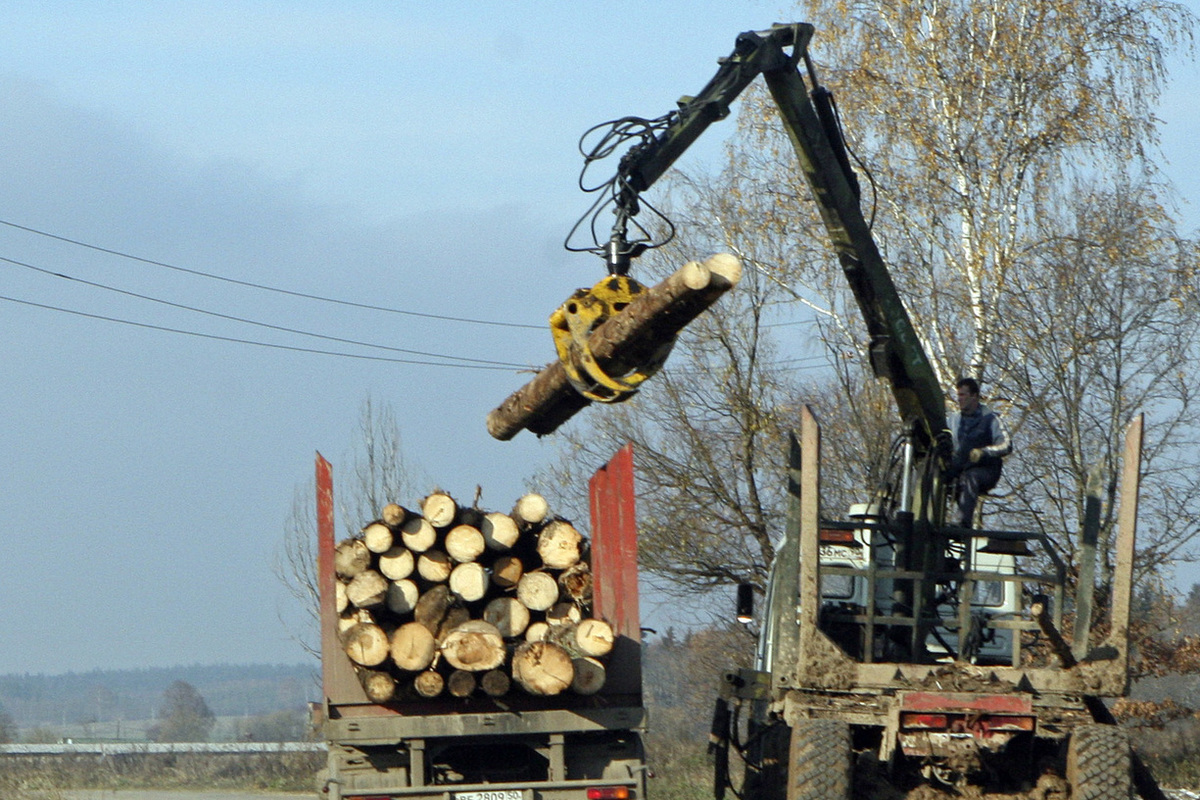Where firewood comes from: Emirates and Kazakhstan went to the forest
[ad_1]

Estonia has established schemes for the supply of illegal Russian timber
Western countries, having imposed sanctions on raw materials from Russia, are now coming up with ingenious ways to get it through third countries. Following the “Baltic” oil, Kazakh and Uzbek firewood appeared on the commodity markets.
Recently, Estonian journalists conducted their own investigation into the origin of the timber that began to enter the country after EU sanctions on Russian timber came into force. It turned out that now Estonia is actively importing timber from countries where there were no forests in the past.
Officially, Russian plywood and wood have disappeared from European markets, but in fact it exists. The scheme for the supply of illegal Russian wood is very simple: the documents indicate that the raw materials come from third countries. According to the Estonian customs, last year a total of about 586 million kg of goods of the 44th group were imported – wood, wood products and wood pellets for heating homes.
More than 90% of imports came in the first seven months of 2022, and Russia was the main supplier of wood, which imported more than 80%. In addition to the Russian Federation, it was exported by another 52 countries, including Norway, Belarus, Brazil, China, the UK and the USA. After the imposition of sanctions against Russia and Belarus, timber imports dropped sharply. Since July 10, timber from Russia has not been imported to Estonia. Nevertheless, it exists.
According to statistics, Norway now ranks first in timber exports to the Baltics, followed by Ukraine and Vietnam – their supplies have indeed increased, but not enough to make up for the volumes provided by Russia.
But completely new countries have been added to the old suppliers: for example, the United Arab Emirates and Uzbekistan. In the UAE, according to the World Bank, only 4.5% of the country’s territory is covered by forest. The same can be said about Kazakhstan and Kyrgyzstan, but their timber supplies to Estonia increased sharply after Russian-made plywood stopped coming to the Baltics. Allegedly, the Estonian customs officers suspected fraud, and even began to conduct more thorough customs inspection upon arrival of the goods and meticulously check the compliance of the goods with what was declared. But according to the documents, everything is clean: the wood comes from the Emirates, Kazakhstan and Kyrgyzstan, where you can’t find forests with fire during the day.
“We have identified some violations regarding the origin of the goods and falsification of the product code. But basically we get confirmation from the declared country that the origin of the goods is correct and that this goods left the country that is declared in the declaration. In addition to Kazakhstan, we took the direction of Kyrgyzstan as an object of verification, – one of the officials of the customs department admitted to journalists. “We still have doubts that the wood comes from there, we sent a request to the customs of these countries and now we are waiting for confirmation that the goods came from them, and not from another country.”
According to the customs officer, Estonia primarily purchases firewood (including pellets) from Kazakhstan and the UAE, as well as untreated wood, saw logs, chipboard and fiberboard and lumber.
“I think Estonian officials are lying to journalists when they say they are not sure about the origin of the exported timber from the Emirates. The Balts were the first to learn how to obfuscate the traces of Russian sanctioned oil, it’s not without reason that such a term even appeared on the market “Baltic” oil, that is, Russian oil, which was poured into a tanker of another country in neutral waters and sold already under foreign jurisdiction. And now they themselves began to receive Kazakh and Uzbek firewood. Even though there are more forests in Estonia than in these Central Asian republics,” says economist Victor Moroshin.
[ad_2]
Source link








